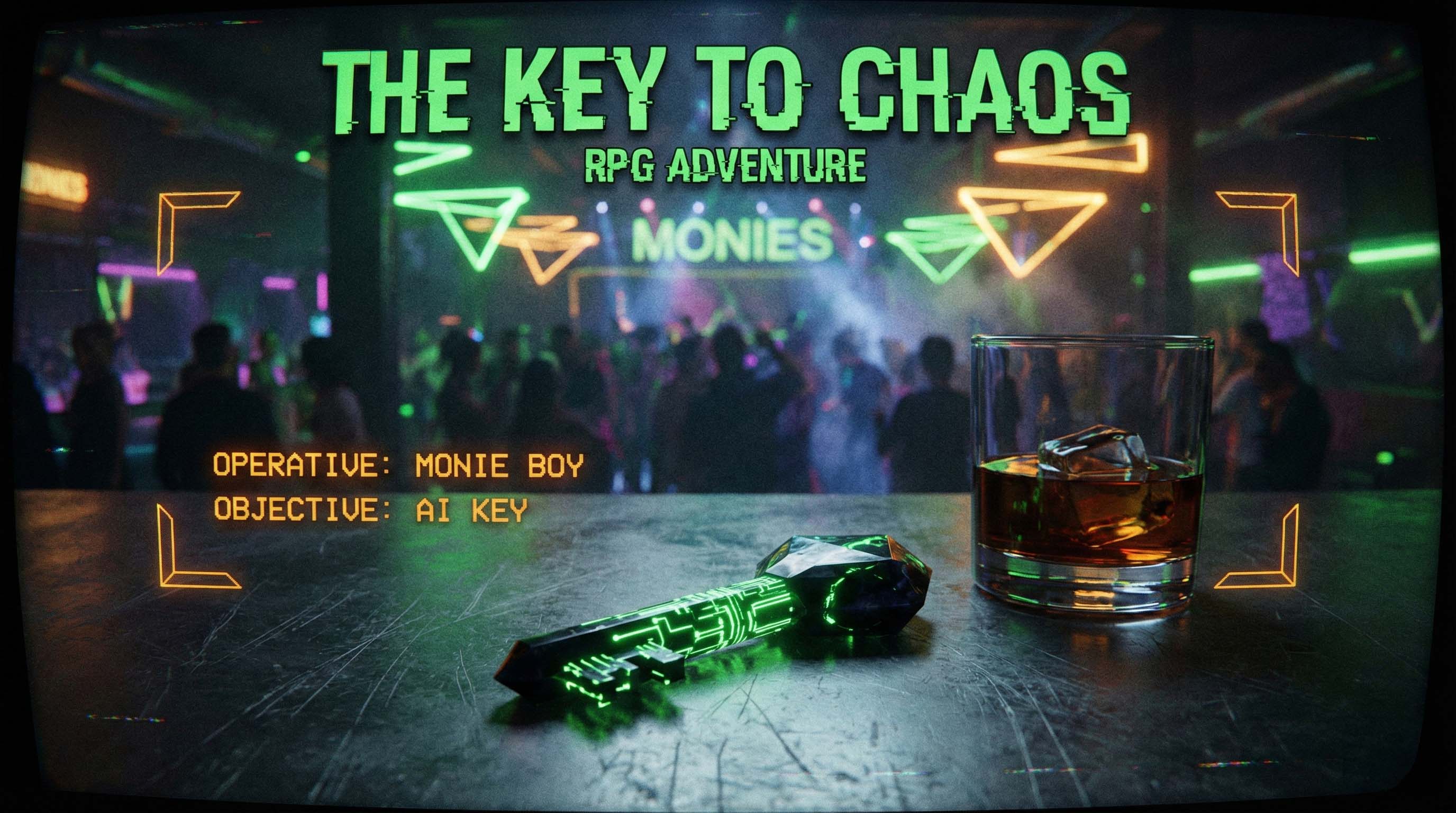
“The cowards never start and the weak die along the way.” – Kit Carson
So you’re outmatched. Maybe it’s a hulking ogre guarding the canyon pass, or a dread knight flanked by ten armored sellswords. You’ve got rusty gear, a hungry bard, and two spells left. Most players think the answer is to run—or die gloriously.
But what if I told you the best weapon isn’t on your character sheet?
Welcome to the war room, traveler. I’m Racon Gunner—and today, we don’t just roll dice. We bend battlefields.
Across history, the mightiest commanders didn’t always win by brute force—they won by reshaping the battlefield. They used terrain, timing, starvation, and smarts to crack even the strongest defenses.
Julius Caesar at Alesia didn’t charge the Gallic stronghold head-on. He built 25 miles of walls, booby traps, watch towers, and dual-layered fortifications. He didn’t need to kill Vercingetorix—he needed to starve him.
At Numantia, Roman General Scipio sealed the city, drained the swamps, built bridges and ramps. In short? He used the land like a blade.
Tactic to Steal: Encircle your foes. Burn bridges (literally), poison wells, and break supply lines in your next campaign. Siege isn’t always about the walls—it’s about denying options.
The Byzantine legend Belisarius faced overwhelming odds during the Siege of Rome (537 AD). What did he do?
Tactic to Steal: Think three steps ahead. Don’t just fight—shape the fight.
Let’s bring siegecraft and battlefield manipulation into your games—not through min-maxing stats, but through outthinking the battlefield.
Forget stat blocks. The world around your character is your true arsenal.
Legend Master Tip: Always ask, “What can I use?” not “What can I hit?”
Gritty campaigns thrive on psychological warfare. Here’s how to siege a stronghold without rolling initiative:
Even a party of peasants with slings can tear apart a militia over time—if they think like Scipio.
Rules? Guidelines. Real heroism comes from knowing when to break them. Let’s talk wild, unforgettable moves born of desperate creativity.
I once played a campaign of 2nd Edition AD&D. Our party was stuck in an inn, midday, quiet as a crypt. The DM smiled a little too wide—his favorite NPC, a high-level assassin, was hunting us. He was invisible. And thanks to the DM’s homebrew “improved invisibility,” he could attack without revealing himself.
It was about to be a TPK.
Then my brother, dead calm, asks:
“Is there a kitchen in the inn?”
DM: “Yeah…”
“Is there a bag of flour in the kitchen?”
DM (starting to squirm): “Sure, whatever.”
“I grab the bag, throw the flour into the air—all over the room.”
Then he points directly at the DM and says,
“We can see him now.”
And we did. That bag of flour saved the campaign.
Lesson: Think like a field engineer, not a fighter. Creativity > Combat.
Legend Master Tip: Encourage this behavior. Great stories don’t come from rulebooks. They come from tables covered in maps, mugs, and laughter.
Too often in TTRPGs, we treat encounters like static puzzles. But PsychScape, D&D, and great storytelling thrive when players take the battlefield personally.
Be like Belisarius.
Be like Caesar.
Your most powerful weapon isn’t your sword or your spellbook. It’s your mind.
So, Legend Masters and brave adventurers alike: next time you face impossible odds, don’t retreat. Rewire the battlefield. Be the siege engine.
History remembers the cunning. PsychScape rewards the bold. Now go etch your legend where lesser men would fall.


